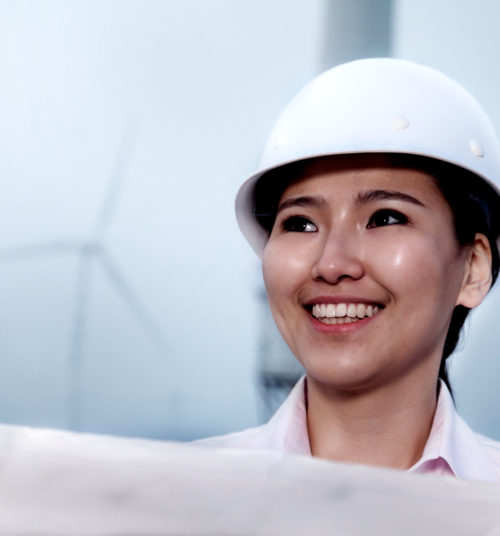
Moving China beyond Coal: At Home and Abroad
RMI is providing technical support for policy to move the nation’s power system and steel production to a clean energy future.
The tremendous announcement last week by Chinese President Xi Jinping that the nation is ending financing for coal plants abroad stands in contrast to a more complex situation at home. The Chinese economy continues to be strongly dependent on coal both to generate electricity and to make the most basic material for its fast-growing economy: steel. However, a new path is emerging for a prosperous China beyond coal—both in electricity and steelmaking.
In line with President Xi’s commitment to achieve carbon-neutrality in China by 2060, RMI and Energy Transitions Commission (ETC) have articulated clean energy pathways in both the electricity and steel sectors. And while these are daunting tasks, it is not only necessary but feasible to move the world’s largest economy off the most polluting of fuels.
Growing the Economy beyond Coal
China produces and consumes more than half the world’s total of both coal and steel. The millions of workers in the nation’s coal mining industry extracted nearly four billion tons of coal in 2020. Much of this was burned in the many coal-fired power plants across China. Some of the purest coal was fed to blast furnaces to produce iron, the main source of the more than one billion tons of steel made in China last year.
These immense volumes have powered the rapid growth of China’s economy and role as the workshop of the world. Tracking with its economic growth, over the past few decades the demand for and production of both power and steel have risen sharply. Electricity demand has nearly doubled over the past 10 years alone.
But as best practices have shown, an economy can grow with clean energy and this growth can be decoupled from rising energy consumption. As China matures, it can move from its previous phase of resource-intensive growth to one of high-quality development. This is one of the central concepts explored by RMI and ETC in the recent reports China Zero-Carbon Electricity Growth in the 2020s and Pursuing Zero-Carbon Steel in China.
There are already hopeful signs of this. China’s demand for steel is expected to peak and decline as its economy shifts to high-quality development, and the central government has been determined in cutting excessive steel capacity. And while electricity demand continues to grow, Chinese coal consumption appears to have peaked in 2013 as shares of renewable energy increase.
Additionally, despite a number of coal-fired power plants that are still planned and under construction in China, the nation has announced that it will strictly control new coal-fired power plants through 2025.
“This shows the country’s reinforced determination on both the local and global energy transitions,” explains Ting Li, managing director at RMI China. Her team has supported this ambition by demonstrating that it is technically and economically possible for China to meet all future growth in electricity supply from zero-carbon sources in its recent report on the power system.
Transforming Industries
But to implement President Xi’s vision of carbon peaking and carbon neutrality, it will be necessary to do more in the 2020s. The nation will also need to rapidly transform both the electricity and steel industries during the post-peaking era.
Fortunately, the technology to cost-effectively decarbonize the electricity sector in the coming decade already exists in the form of wind, solar, and energy storage. And while there are technical challenges to integrate large volumes of wind and solar, which have variable output, our research also shows that these have solutions. Ultimately, what is needed are strong policies and a rethinking of structures, and RMI has provided specific guidance on power market design and financing mechanisms.
“These insights have been well received and have proven to be valuable not only to the world’s largest power system transition, but also to other countries that share the same climate visions,” notes Ting Li.
And with the anticipated demand peak and decline in steel, the nation has the opportunity to transition here as well. This involves moving from a steel industry where production is based mostly on the carbon-intensive blast furnace route to one where the recycling of scrap steel in electric arc furnaces plays a much more important role than today. Along with this, disruptive technologies like green hydrogen-based direct reduced iron, carbon capture and storage, and smelting reduction must scale up quickly.
Solutions Exist
There will be challenges to implementing these solutions, and it will take careful policy and market design to ensure a rapid and just transition for these industries and the millions of workers they represent. But whether it is for electricity or steel, there are solutions to tremendously reduce coal use and move toward a prosperous clean energy future, as the nation’s economy continues to develop.
President Xi’s words have set a challenge for the entire nation of China, to move beyond the 20th century model of development to a true ecological civilization. Now the hard part begins of putting these goals into practice. RMI stands with the nation of China to help turn this ambition and vision into a better, healthier, and more prosperous future, for all.